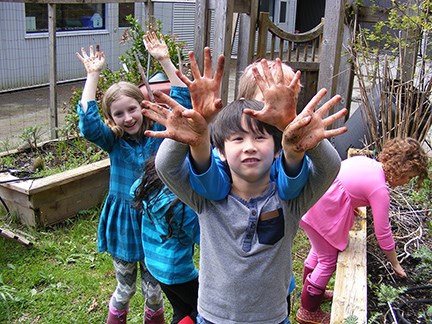How much productive land would it take to feed Bowen Island’s population of 3,600?
How many farms on Bowen are actively producing for local markets?
These are the types of questions that Bowen Food Sovereignty asks at monthly meetings — a chance to talk about all aspects of food security and sovereignty — discussing everything from soil and land policy to food distribution and the status of farming.
Among the biggest challenges to food sovereignty is the availability of arable land as well as people with the knowledge and passion to grow food. The pressure to develop agricultural land for other uses contributes to the decline in the number of farms. In 2016, there were fewer than half the number of farms in Canada than in 1971 and overall farmland decreased by 6.4 per cent.
Despite the loss of farmland and declining number of farms, the size of farms in Canada has increased by more than 75 per cent, revealing the trend toward larger scale, corporate operations.
Interestingly, in B.C., four out of 10 farms are classified as small, or less than $10,000 in receipts. Not only is this double the national average, but more than two-fifths of these smaller operations sell food products directly to consumers.
On Bowen Island, we are fortunate to have many small producers who supply us with fresh produce, eggs and other products, like wool and jam.
The 2014 Bowen Island phone book is an excellent reference on the history of farming on Bowen Island.
And Bowen in Transition’s 2015 Green Resource Guide, includes a compendium of local food producers. But, the number of productive farms and growers on Bowen has decreased recently, according to Sarah Haxby, a member of the Bowen Agricultural Alliance — and the island’s volunteer Farmers Market coordinator.
She notes that much of the historically farmed land is no longer being used to produce food.
Part of the issue is that farmers are aging out.
According to Statistics Canada, the average age of operators increased from 55.7 to 56.3 years old between 2011 and 2016.
The good news is that the number of farmers under the age of 35 grew by three percent during that same time period.
Sarah, who is also BICS School to Community Coordinator, also organizes BICS’ student garden organizes a program called, “grandfriends in the garden” which connects local farmers to the students to share their knowledge.
She says that her personal mandate is to “support a new generation of kids who know where food comes from and how to grow it.”
The farmer’s market starts up again, Saturday, May 12, 10 a.m. to noon, at BICS.



